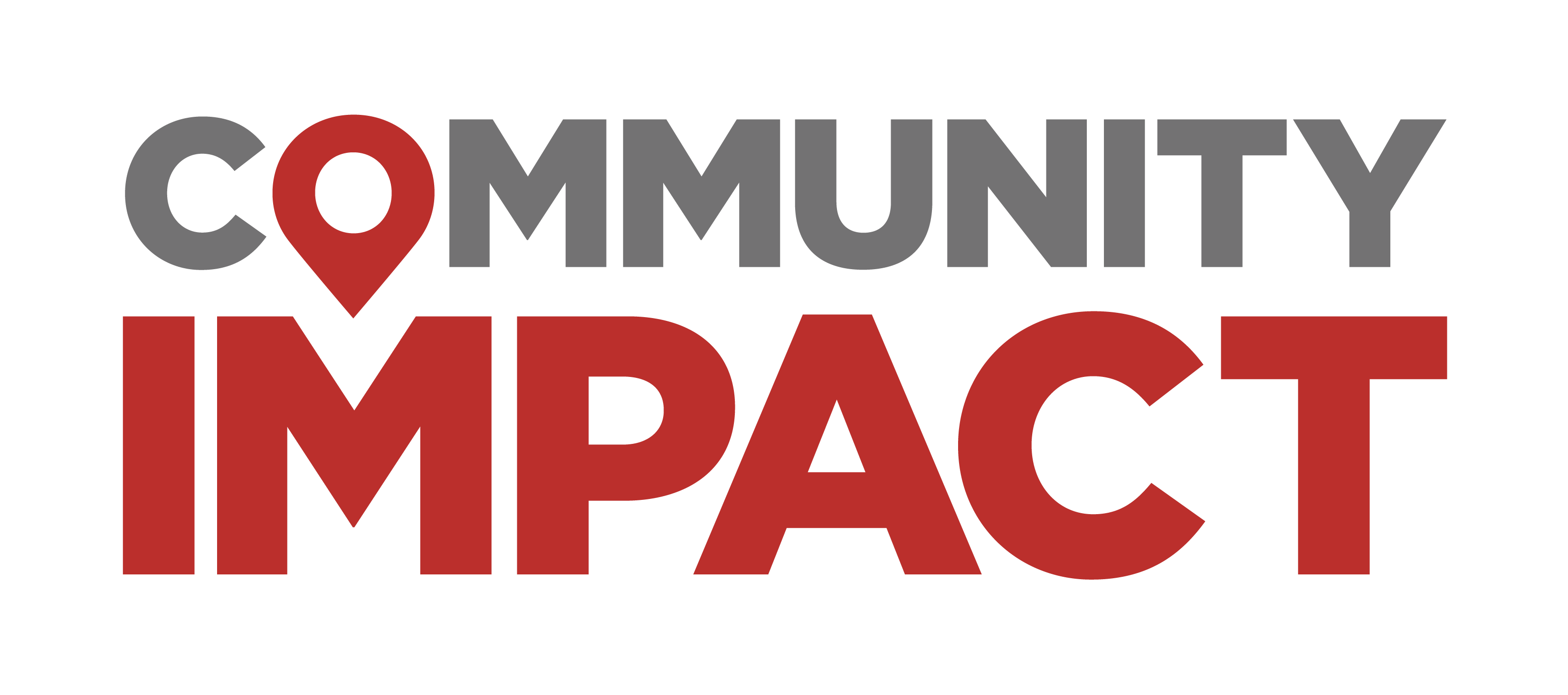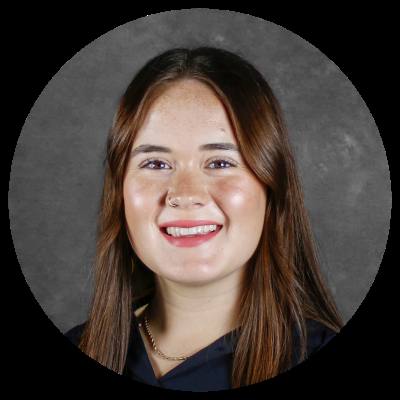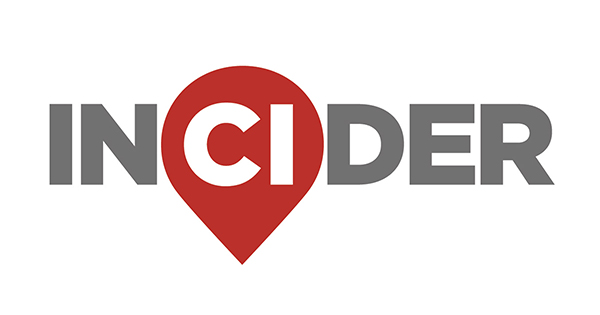Health care executives gathered with city and state officials and community members to discuss Georgetown's health care climate at a luncheon hosted by the Georgetown Chamber of Commerce on Nov. 19. The event featured a panel discussion between Kyle Landry, St. David’s Georgetown Hospital CEO; alongside Bryan Brown, St. David’s HealthCare chief information officer; and Director of Government Relations Juliana Kerker as well as Jon Calvin, CEO of Lone Star Circle of Care.
The overview
St. David’s Georgetown is aiming to allow more Georgetown residents to receive health care services closer to home, Landry said. The hospital works with local emergency medical services providers and law enforcement officers to ensure they do not have to transport patients outside of Georgetown, he said.
Last year, the hospital opened a new cardiac catheterization lab and outpatient cardiovascular imaging center. The lab now allows Georgetown residents to receive cardiac catheterization without leaving the city. By next year, the hospital hopes to open an ST-Elevation Myocardian Infarction, or STEMI, center to treat patients actively experiencing heart attack symptoms, Landry said.
“We are eyeing additional opportunities in which we can expand the campus [and] expand services,” Landry said.
The Georgetown hospital has seen more physicians coming to work in the community to help accommodate the city’s population growth, Landry said.
“More and more people come to Georgetown because they see that there's a large patient population here, and then they want to set up shop," he said.
After the COVID-19 pandemic, St. David’s Georgetown experienced staffing shortages due to losing nurses and physicians. The St. David’s hospital system has since invested in providing workforce training by partnering with local universities and helping launch a new nursing school through the Galen College of Nursing in Round Rock and Austin.
What else?
Lone Star Circle of Care has seen a decrease in patients covered through Medicaid and an uptick in the number of patients without insurance, Calvin said. As a federally qualified health care center, the clinic provides discounted rates for patients that are at or below 200% of the federal poverty level.
By next year, some residents may face higher insurance premiums due to the expiration of federal tax credits under the Affordable Care Act after Dec. 31, Kerker said. This could cause some people to receive less health insurance coverage or lose coverage altogether, she said.
“We can see a bit of a spike in uninsured [patients],” Calvin said. “Moving between plans causes some care gaps and coverage going to uninsured. We try to provide that access, but sometimes it's a challenge.”
Going forward
New technology and artificial intelligence have increased the speed at which St. David's providers can assess and treat patients, Brown said.
“AI can be utilized to help our providers diagnose and find treatments for our patients much more quickly than we could if we have to wait on just the humans to do that,” he said.
St. David’s providers use an AI agent that can translate plain speech into technical medical records needed for patients' treatment and payment reimbursement. The program can capture and transcribe appointments in more than 100 different languages, Brown said.
While health care will always require a human element, automation has helped nurses spend more time with patients and doctors be able to go home on time, he said.
"The key thing in Georgetown is going to be how do we recruit those [high-quality] providers into the area so they can use technologies to then make our community healthier," Landry said.





